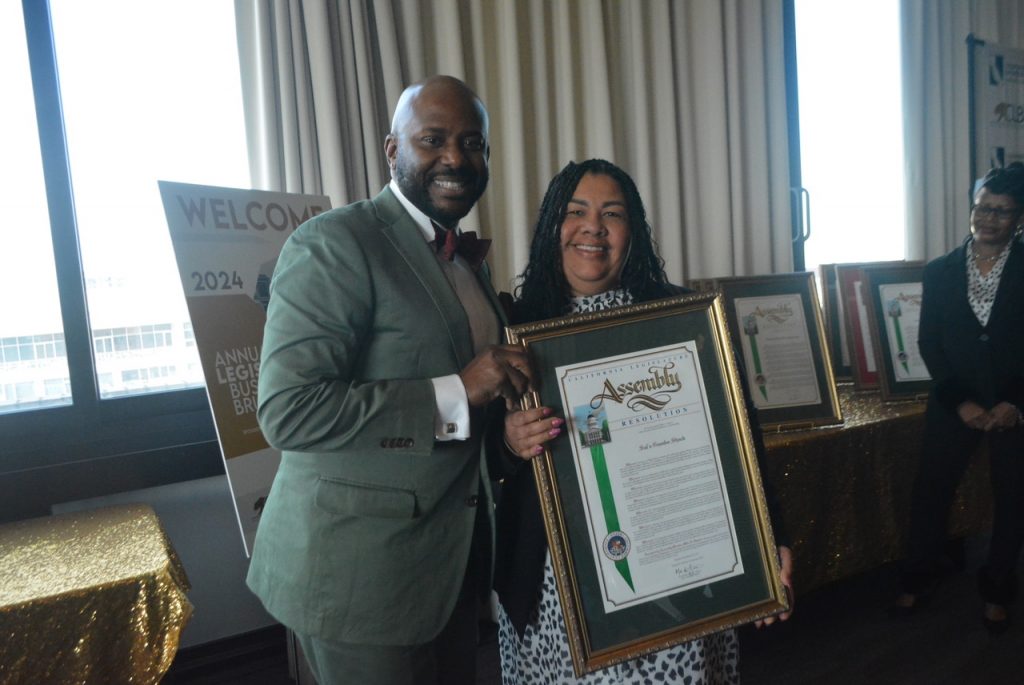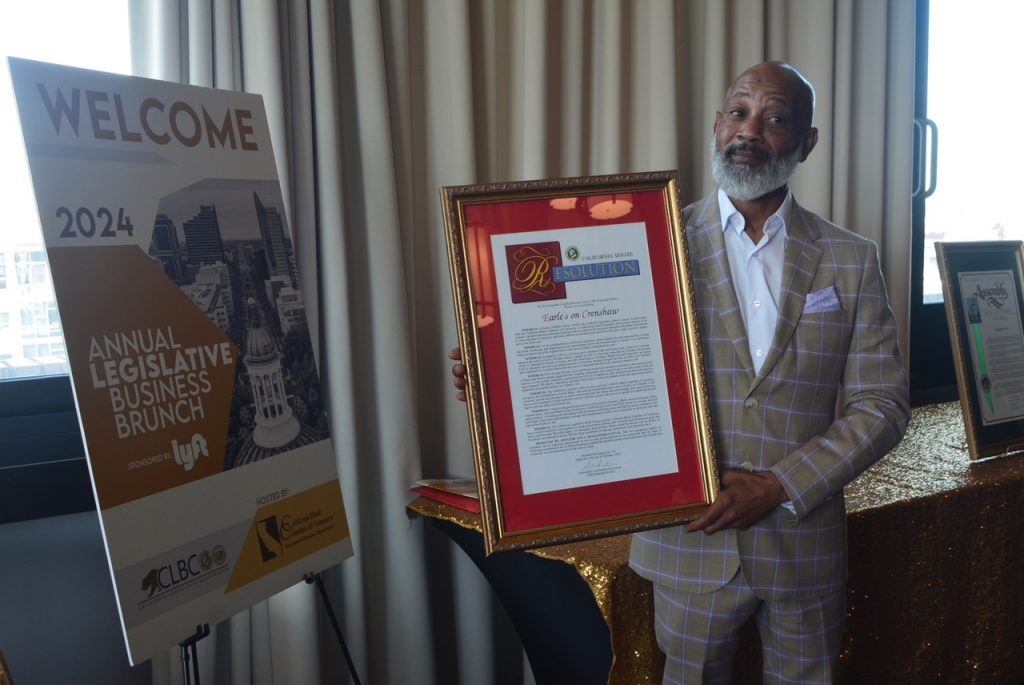Aqila Augusta Celebrates Black History Month: Showcasing Iconic Natural Black Hairstyles Through the Years
MEMPHIS, TN – Aqila Augusta, a former nurse turned entrepreneur, is proud to share a special list for Black History Month titled “Celebrating Black History Month: Iconic Natural Black Hairstyles Through the Years.” She aims to honor the rich cultural heritage and diversity of black hairstyles while highlighting their significance throughout history.
“Edge Entity is more than just a brand; it’s a symbol of empowerment and confidence,” says Aqila Augusta. “We are committed to helping individuals reclaim their natural crown and rebuild their self-esteem through our innovative products.”
The list features a showcase of iconic natural black hairstyles spanning decades, highlighting their cultural significance and evolution over time. From the iconic afro, symbolizing black pride during the Civil Rights Movement, to the intricate artistry of cornrows and the spiritual significance of locs, each hairstyle tells a story of resilience, creativity, and pride within the black community.
Other featured hairstyles include twists, Bantu knots, the frohawk, big chop, natural curls, faux locs, and the teeny-weeny afro (TWA), each representing a unique expression of self-love, cultural heritage, and individuality. Here they are explained.
- Afro: Popularized during the 1960s and 1970s, the afro became a symbol of black pride, identity, and empowerment during the Civil Rights Movement.
- Cornrows: Originating from Africa, cornrows are braided close to the scalp in rows, often intricately styled and adorned with beads or other accessories. “Also, a crazy fact about cornrows: they were used during slavery as maps or guides for runaways to help them navigate paths to escape,” says Augusta.
- Twists: Twists are a versatile hairstyle where sections of hair are twisted together to create a rope-like appearance, offering a low-maintenance yet stylish look.
- Locs (Dreadlocks): A hairstyle where hair is intentionally matted and knotted to form rope-like strands, locs are often associated with spirituality, cultural identity, and rebellion against societal norms.
- Bantu Knots: Originating from the Bantu people of Southern Africa, Bantu knots are small, coiled buns formed by twisting sections of hair, often worn as a protective style or as a precursor to voluminous curls.
- Frohawk: A variation of the afro, the frohawk features a strip of hair left untouched down the middle of the head, while the sides are shaved or styled closely to the scalp, creating a Mohawk-like effect.
- Big Chop: A bold statement of self-love and acceptance, the big chop involves cutting off chemically processed or damaged hair to embrace one’s natural texture and start afresh.
- Natural Curls: Embracing the natural texture of black hair, whether in loose curls, coils, or kinks, celebrates individuality and authenticity without the need for chemical straightening or heat styling.
- Faux Locs: Offering the look of traditional locs without the commitment, faux locs are created using extensions or braiding hair, providing versatility and style without the long-term commitment.
- TWA (Teeny Weeny Afro): A chic and low-maintenance style, the TWA showcases the beauty of short, natural hair, allowing for easy styling and versatility while embracing one’s natural texture.
These hairstyles not only reflect the diversity and creativity within the black community but also serve as a means of self-expression, cultural heritage, and empowerment throughout history.
Originally from New Orleans and now based in Memphis, TN, Aqila Augusta embarked on her entrepreneurial journey after experiencing her own hair loss struggles. As a mother and a Hurricane Katrina survivor, Aqila’s determination led her to create her own hair growth formula after numerous failed attempts with existing products. Drawing upon her nursing background and extensive research, she founded Edge Entity, a brand dedicated to providing high-quality hair care solutions for men, women, and children worldwide.
For more information about Aqila Augusta and Edge Entity, please visit edgeentity.com and follow them on social media @Edge.Entity.
Join Aqila Augusta and Edge Entity in celebrating Black History Month and embracing the beauty of natural black hairstyles.
About Edge Entity
Edge Entity is a leading provider of high-quality hair care products, founded by Aqila Augusta, a former nurse and entrepreneur. With a mission to empower individuals to embrace their natural hair, Edge Entity offers a range of innovative solutions, from hair growth formulas to shampoos, conditioners, vitamins, and moisturizers. Their commitment to quality and customer satisfaction has made them a trusted brand among men, women, and children worldwide.
 Westside Story Newspaper – Online The News of The Empire – Sharing the Quest for Excellence
Westside Story Newspaper – Online The News of The Empire – Sharing the Quest for Excellence

